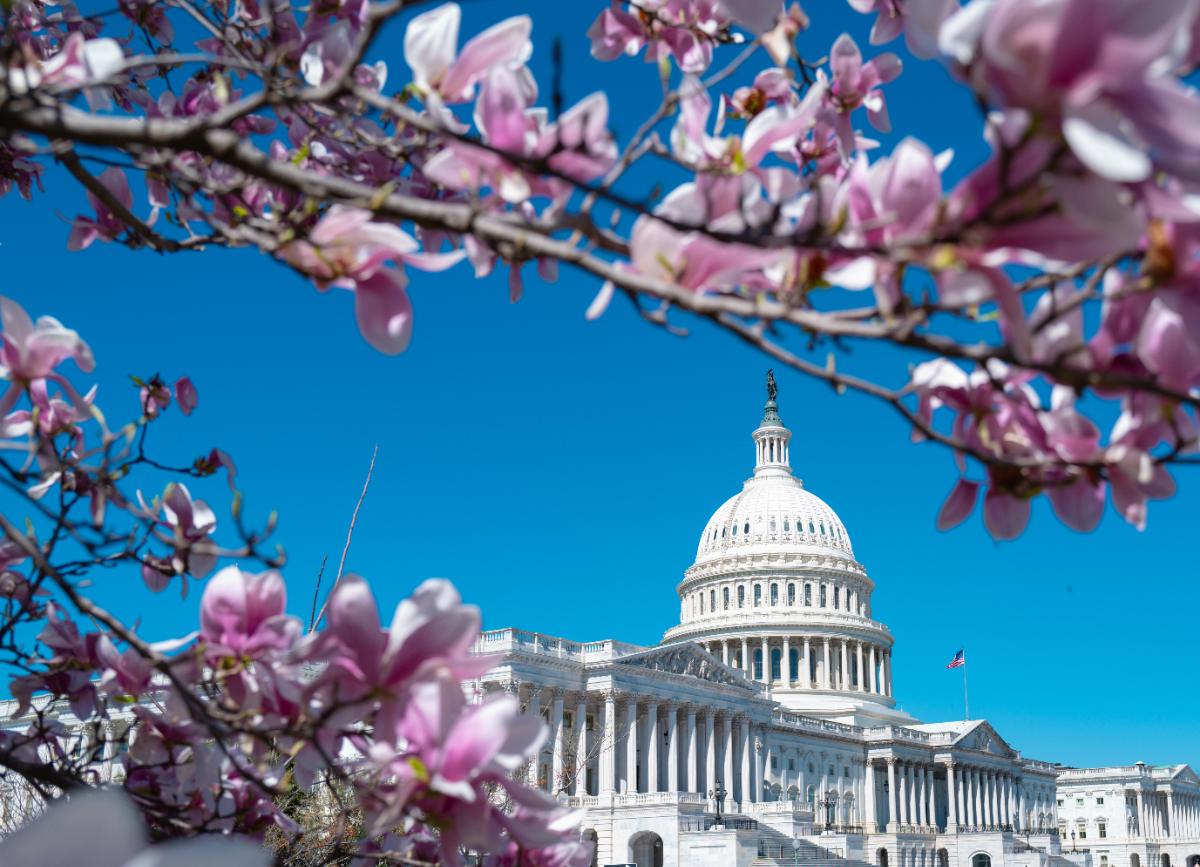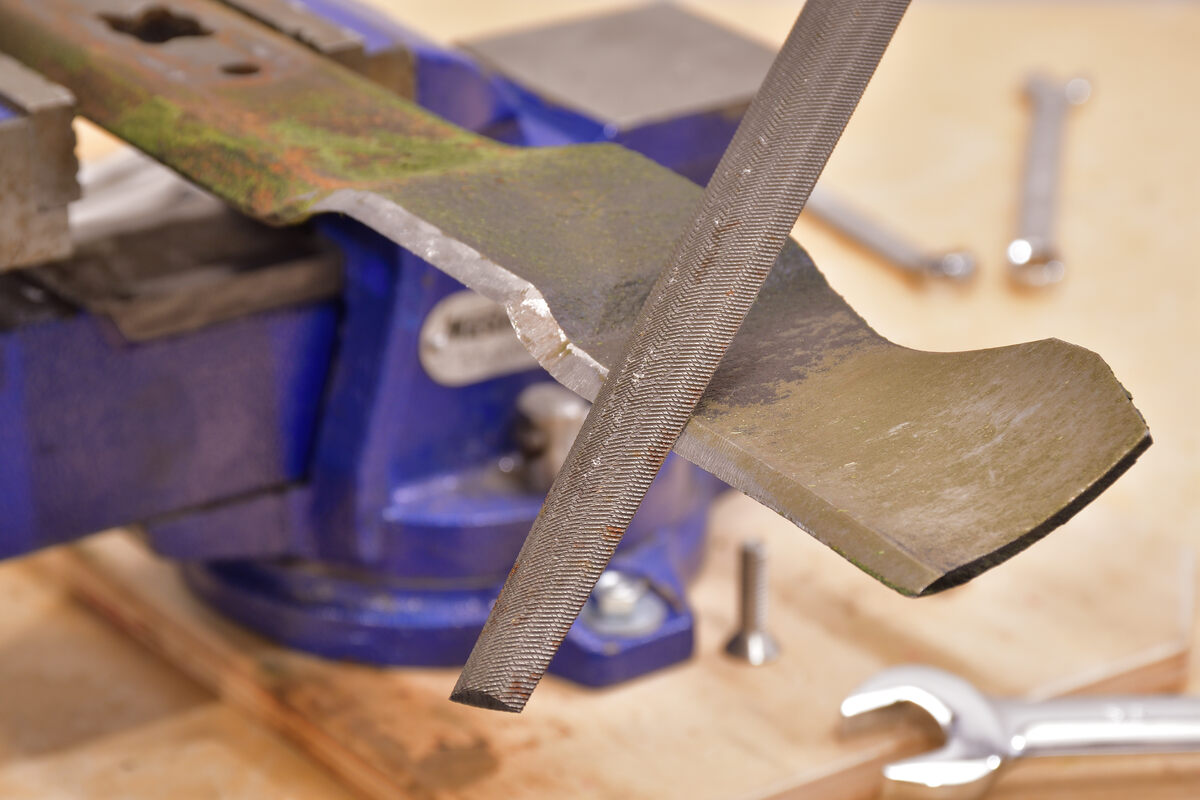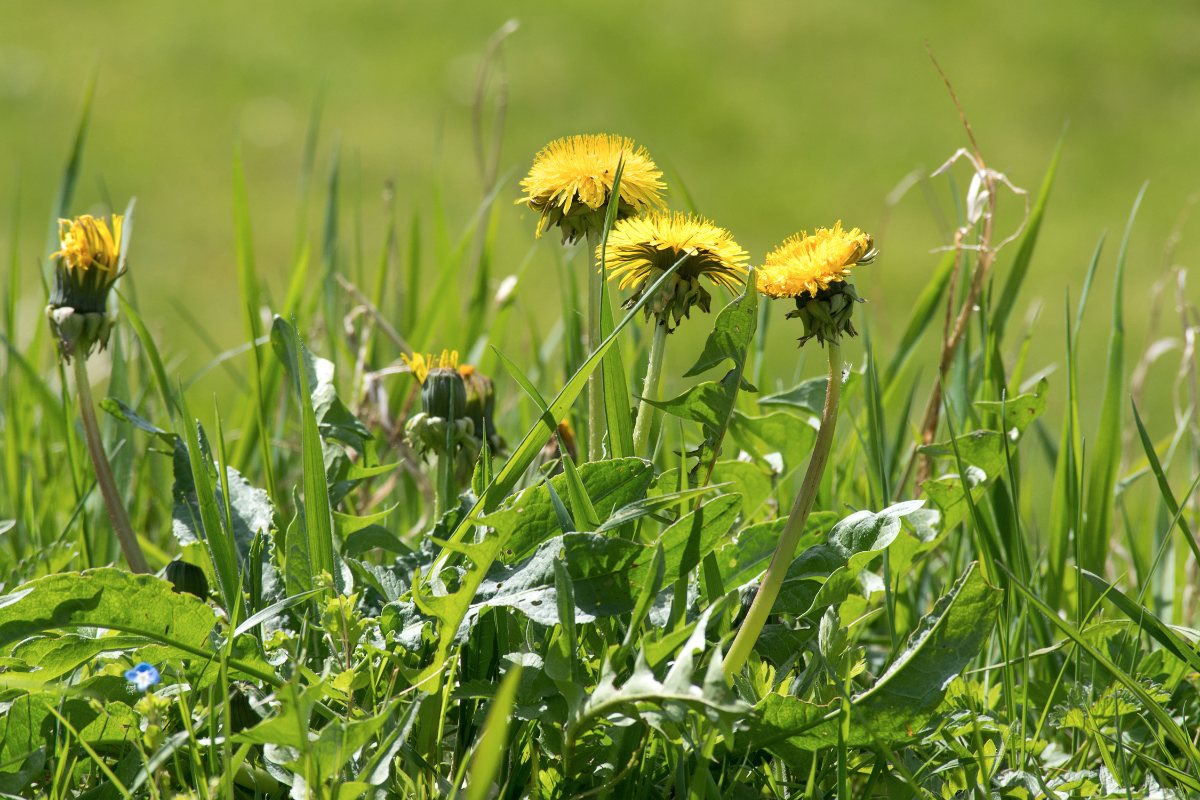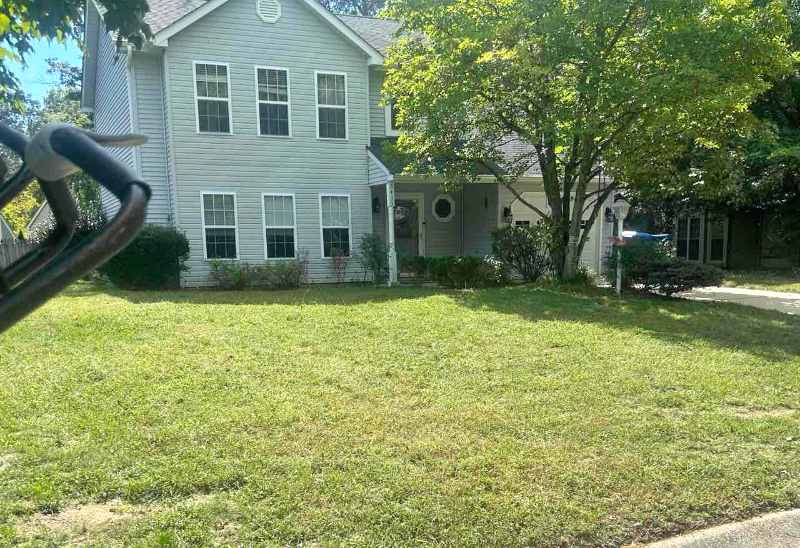
Washington, D.C. is at its most iconic in the spring – the cherry blossoms are in bloom, kites are flying on the National Mall, and everyone in town is out enjoying the nice weather. That includes your lawn, as it emerges from its winter dormant period.
D.C. winters might not be quite as harsh as our northeastern neighbors’, but the snow and cold temperatures can still do a number on your yard. That’s why spring is a great time to give your lawn a spa treatment.
Refresh it with some cleanup, and get ready for the warm weather by mowing, fertilizing, watering, and weeding. In this article, we’ll go over the perfect lawn care checklist to get your D.C. lawn ready for a happy, healthy spring – and some common misconceptions about spring lawncare in D.C.
Remove Debris
By the time spring rolls around, your lawn has been through a lot. An untidy lawn, full of accumulated debris from autumn and winter, is much harder to care for. Grab a rake or leafblower, and clear out things like leaves, dead plants, sticks, and twigs.
During cleanup, break apart any matted grass that may result from snow molds and make it harder for healthy turf to grow. It’s easy to do this with a rake – just be careful not to rake during or just after rainy weather, to avoid pulling up healthy grass.
Read More: Spring Lawn Care Tips
Fertilize
It’s important to fertilize your lawn with care. The D.C. Department of Energy and the Environment advises that overfertilizing can harm the environment and cause weeds to grow rapidly in your lawn, and the Virginia Department of Conservation and Recreation notes that it can also cause damage to the roots in your lawn or garden.
If you followed our Fall Lawn Care Checklist and fertilized your lawn in the fall, there’s no need to refertilize in the spring. If you do need to fertilize, though, test your soil first to make sure you’re getting the right nutrients, keep fertilizer away from bodies of water and paved areas, and follow the Maryland Lawn Fertilizer Law as needed. Aim to fertilize after the last frost, to avoid feeding weeds instead of your grass!
Pro Tip (from C.C. Boone of Nxtlvl Scapes): The best time to fertilize is the end of March, when the ice and ground are starting to soften up.
Read More: How to Fertilize Your Lawn
Overseed

Depending on your grass type, your lawn may benefit from some spring overseeding. For the cool-season grass types that are best for the D.C. area, major overseeding projects should wait until the fall, but early spring is a good time to patch up bare spots that may appear as your grass recovers from winter.
For tall fescue in particular, the University of Maryland recommends overseeding in March. Just be careful to avoid a full spring seeding project. The DMV’s temperate springs provide good growing conditions for cool-season grasses, but by the time our hot, muggy summers roll around, new seedlings can’t handle the heat and may die off.
That’s why Virginia Cooperative Extension advises that major reseeding projects should wait until fall, when the cooler weather will allow your grass to establish itself before winter sets in.
Read More: When to Overseed in Spring
Irrigate
Watering your lawn correctly is a key component of keeping it healthy. As spring sets in, it’s the perfect time to inspect your in-ground sprinklers and other irrigation systems to make sure they haven’t suffered any damage over winter. Adjust and repair sprinkler heads as necessary.
Then, pick the best time to water your lawn. The key is to prevent diseases associated with nighttime watering and water loss due to evaporation in midday heat by opting for early morning or early evening watering. A drip irrigation system can prevent evening watering from causing fungal issues. Apply water at a rate of half an inch per hour to avoid runoff.
Pro Tip: Looking for the best time to water your lawn in the DC area? Mark Burke from Manassas, VA says that “around sunset is the best time to water the lawn.”
Read More: How to Adjust, Repair Lawn Sprinkler Heads
Mow

UMD advises that regularly mowing your lawn is an important part of promoting healthy roots, reducing weeds and disease, and keeping your lawn lush and lovely. Mowing too high or too low can cause weeds to spread.
At the beginning of spring, sharpen your mower blades, and repeat every 4-6 weeks. The frequency and height at which you should mow depends on your grass type, but in general, wait until your grass reaches optimal growing height and after the risk of frost has passed to start mowing, typically in March. Be sure not to cut more than one-third of the blade height at once.
Read More: How to Mow Your Lawn: A No-Nonsense Guide
Weed

For most of the common weeds in the D.C. area, the best time to get an infestation under control is early spring, when hand-pulling weeds is easiest and seed pods haven’t been spread. Keep an eye out for the usual spring suspects like dandelions, deadnettles, and white clover, and weed as needed.
If your lawn struggled with crabgrass last summer, spring is a good time to apply a pre-emergent herbicide to keep it from coming back. Just keep in mind that you can’t overseed if you use a pre-emergent herbicide, as it often keeps grass seeds from sprouting, too.
Spring Into Stress-Free Lawn Care

Your spring lawn care routine sets the tone for the growing season: it allows your yard to recover from winter and sets it on the right path to weather the summer heat. If you want to make sure your spring lawn care is done right, call a LawnStarter pro today. Whether you’re located in Bethesda, Arlington, Reston, or in the District, we’ve got you covered.
Main Image: Cherry blossoms bloom in spring in Washington, D.C. Image Credit: Volodymyr / Adobe Stock